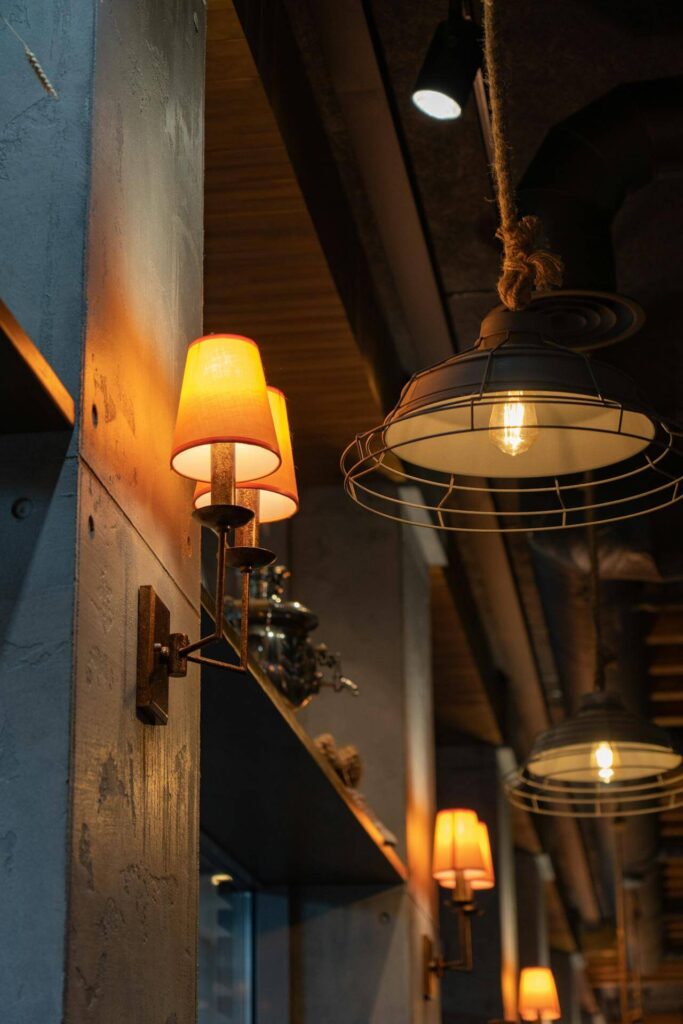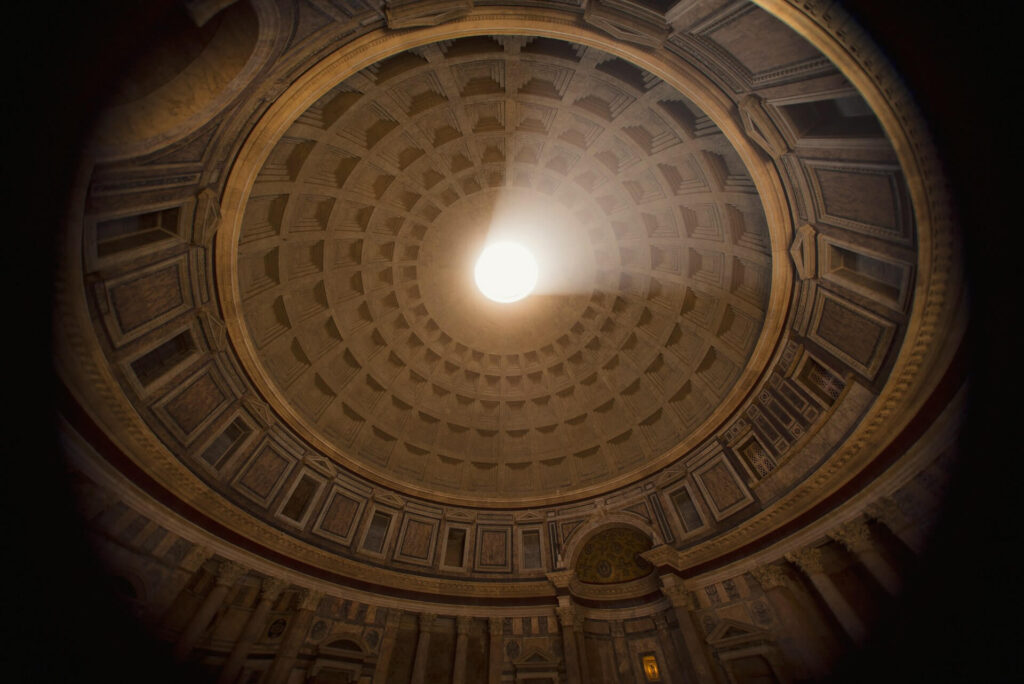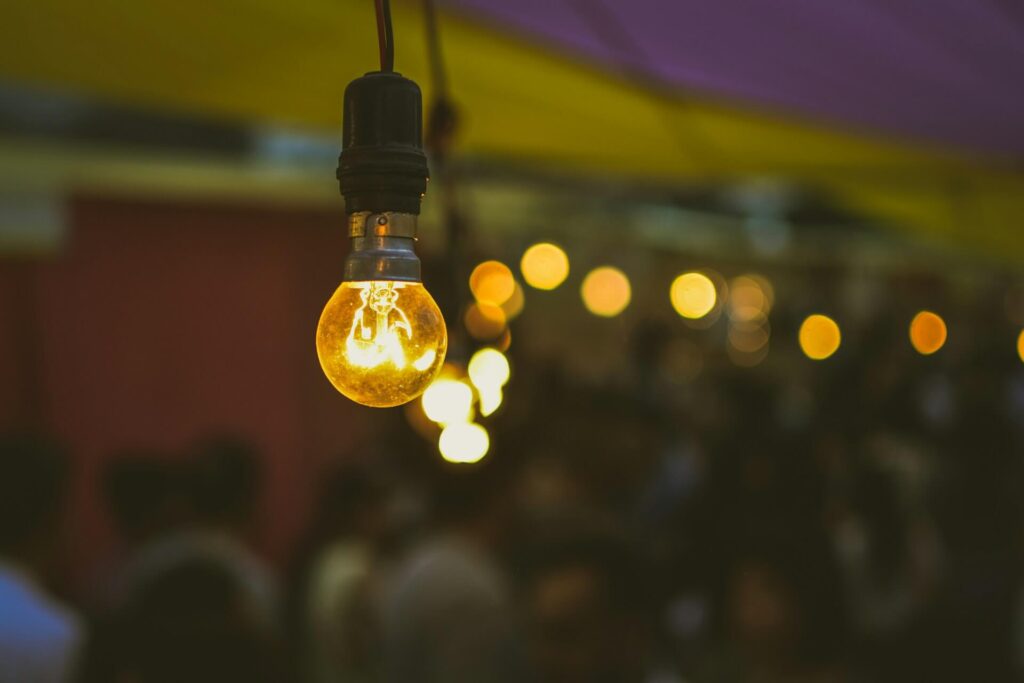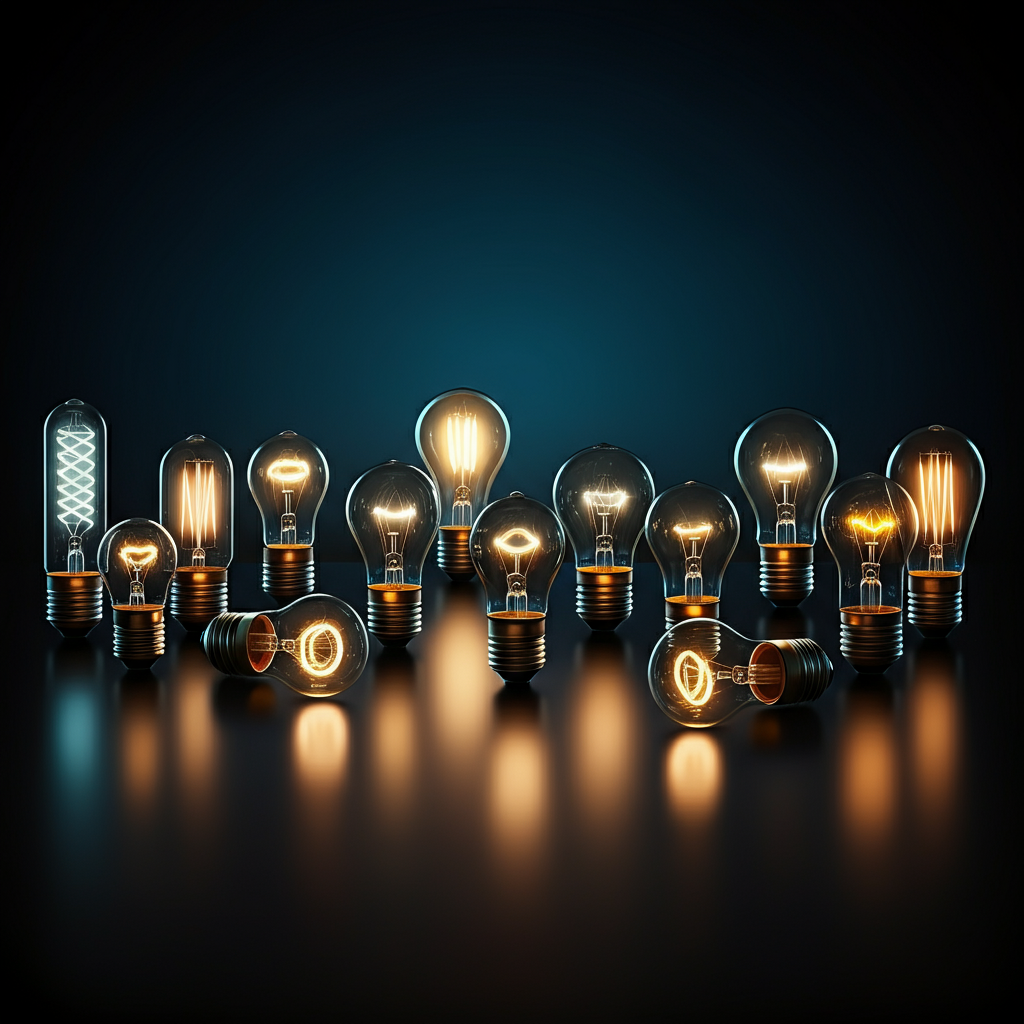10 Types of Light bulbs zoning is categorizing the area so it is defined on how it is used and how can help through proper color selection and light placement. Whether you want to set a cozy vibe in your home or light up an efficient workspace, picking the right lightbulb is key. Now a wide variety of lightbulb types exist with each suited for different needs and applications.

Everything You Need to Know About Lightbulbs
Before diving into the types of lightbulbs available, here are some important factors to consider when assessing them:
Lumens vs. Watts: Lumens refer to the brightness of the light, while watts refer to energy usage. Look for bulbs with a higher lumen count and a lower wattage for efficiency.
Color Temperature: This is the warmth or coolness of the light, measured in Kelvins (K) and ranging from warm yellow (2700K) to cool daylight (5000K+) and it influences the ambiance in your space.
Energy Efficiency and Lifespan: Choose longer-lasting and energy-efficient bulbs to save on costs and minimize waste.
Well, now it is time to learn about the 10 different lightbulb types.

Incandescent Bulbs
How They Work: Electrical current heats a metal filament to the point that it glows.
Bottom line: Second warmest inviting light, cheap to buy
Cons: Tends to die quickly and uses lots of energy.
Where to Use Them: Great for creating a cozy atmosphere in living rooms or bedrooms.
Halogen Bulbs
How They Work: Like incandescent bulbs, these are filled with halogen gas, making them more efficient.
Pros: Bright light with accurate color rendering; small size.
Cons: Generates a lot of heat; shorter than LED lifespan.
When to Use Them: Great for recessed lighting or task lighting in kitchens and offices
Compact Fluorescent Light Bulbs (CFLs)

How They Work: Vaporizes mercury, which interacts with a phosphorescent coating to produce light.
Pros: Uses less energy; lasts 6 to 10 times longer than incandescents.
Pros: Amalgam includes mercury, but must be carefully disposed of.
When to Use Them: For larger indoor spaces such as living rooms, kitchens or offices.
LED Bulbs
How They Work: Light-emitting diodes emit light when an electric current flows through them.
Pros: Very energy-efficient, longer lasting, come in multiple colors and brightness levels
Cons: More expensive initial purchase than other types.
Ideal Applications: Great for conventional lighting, outdoor fixtures and decorative Smart LED Bulbs
How They Work: Work similarly to regular LEDs, with the added bonus of smart features like app or voice control.
Pros: Adjustable settings, power-saving, and improves efficiency.
Cons: More expensive and needs an internet connection.
Where to Use Them: Ideal for home automation systems located in a living room, bedroom or office
Fluorescent Tubes
How They Work: Mercury gas and fluorescent coating to generate light.
Pros: Effective for brightening expansive areas; extends longevity.
Pros: None that come to mindPros: None that come to mind
Where You Would Use Them: Amazingly suited to commercial spaces such as warehouses, garages or basements.
HID (High-Intensity Discharge) Lamps
How They Work: Create light by producing an electric arc within a pressurized tube.
Pros: Illuminating and effective in large zones.
Pros: Upfront cost is high and requires some specific fixtures.
Where to Use Them: Outside for stadiums, parking areas, and industrial applications
Xenon Bulbs
How They Work: Xenon gas produces bright and clear white light.
Pros: Excellent light output; low heat output.
Cons: Expensive, requires professional installation
Applications: Commonly used in specialty automotive lighting, or in projectors.

Spotlight Bulbs
How They Work: Emit a concentrated beam of light aimed at a specific area.
Pros: Great for featuring artwork or specific décor items.
Pros: Powerful enough to work where a traditional light will not; great at illuminating wide spaces.Cons: Can cause a harsh glare if not mounted correctly.
Where to Use Them: Recessed lighting or track lighting systems.
Reflector Bulbs
How They Work: Uses a reflective coating within the bulb to focus light.
Pros: More concentrated, brighter light; halogene bulbs have long life.
Cons: More costly than traditional bulbs.
Where To Use Them: Great for stage, photography, and outdoor floodlights.
What to Look for When Selecting Lightbulbs
Choosing the appropriate lightbulb hinges on the function, environment, and design you want to create. Here’s a quick guide to help:
Residential Spaces
Kundan said living rooms and bedrooms should use warm incandescent or LED bulbs to create a warm, cozy atmosphere.
For kitchens and bathrooms, where you want to see what you’re doing, choose neutral or daylight CFLs or LEDs.
Commercial Locations
Fluorescent tubes or HID lamps are perfectly use for large area efficient lighting.
Smart bulbs can add ambiance to café-style environments or conferences.
Outdoor Lighting
For pathways or gardens, durable and weather-resistant LED or HID lamps are ideal.
Reflector bulbs provide directed light for use in security or accent lighting.
Sustainability and Environmental Impact
Making the switch to energy-efficient lightbulbs (such as LEDs) greatly reduces the amount of energy we use, benefiting both the planet and your pocket. Dispose of mercury containing bulbs (like CFLs) responsibly by following recycling guidelines to minimize environmental harm.
LED bulbs: The lifespan is long, diverting waste from landfills.
Smart bulbs: Energy management options for a green lifestyle.
Cost Breakdown
Energy-efficient (FE) bulbs (such as LEDs and smart bulbs) can, upon first purchase, seem pricey (due to their higher price in-store) but are cost-effective in the long run as you reduce your energy bill and have a lower burn rate.
long-term savings through reduced energy bills and lower replacement frequency.
| Lightbulb Type | Initial Cost | Lifespan | Energy Efficiency |
| Incandescent | Low | 1 year | Low |
| LED | High | 10-20 years | High |
| CFL | Moderate | 6-10 years | Moderate |
| Smart LED | High | 10-15 years | High |
The spotlight on the future of lighting, like:
Integration with IoT: Smart Bulbs Working with Other Smart Devices
They consume more power, but output much more light than any traditional theory Lighting technology.
Recharge Sun Power Bulbs: LEC powered lights.
Staying in sync with such trends is how you can keep your space efficient, stylish and tech-friendly.
Final Thoughts
The world of lightbulbs is not one size fits all. There are numerous systems for a variety of use cases, and the systems today don’t take a lot of space with many options to fit your budget. Whether you opt for energy savings with LEDs or want customized lighting for each room with smart bulbs, informed choices help pave the way for a brighter (and more efficient) future.

Unlock the full potential of your smart home device. Learn how to connect, automate, and optimize your smart devices for a seamless and convenient lifestyle.


1 thought on “10 Types of Light bulbs: How to Pick the Right One”